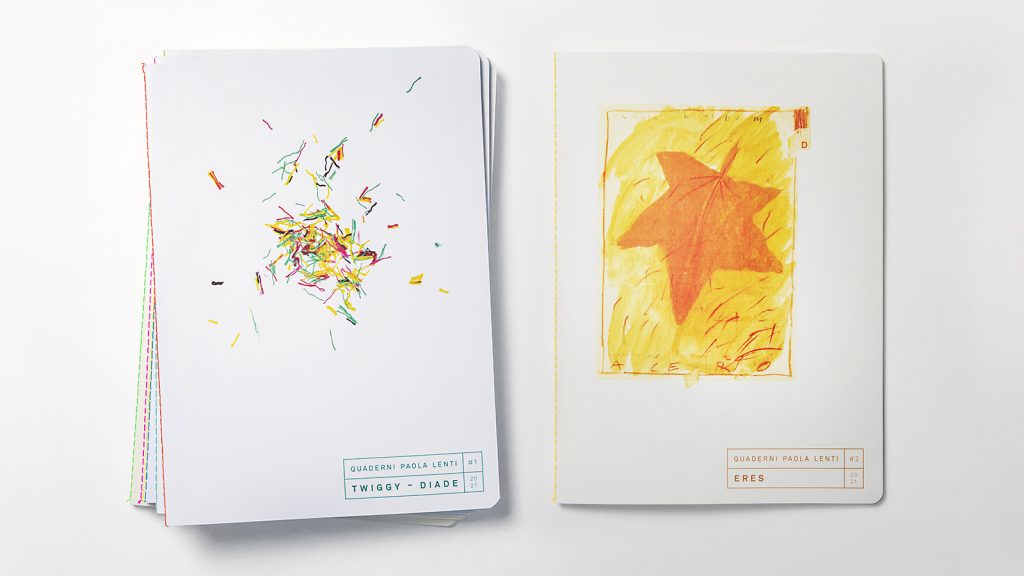
The “casa dei topi” (house of mice) is an open space full of books, hidden in a Milanese courtyard. The wording that welcomes visitors at the entrance – La casa dei topi, in fact – is not meant to warn those who enter, but ironically indicates the owners of the space, the founders of the publisher of young adults’ books “Topipittori” and of Calamus, a company specializing in design communication.
A large window frames a small internal garden full of plants. Illustrated fairy tales and books about the masters of architecture and design are scattered everywhere. Zoboli and Canton are the editors of Quaderni Paola Lenti, a series conceived to depict the philosophy that inspires and guides the company’s choices.
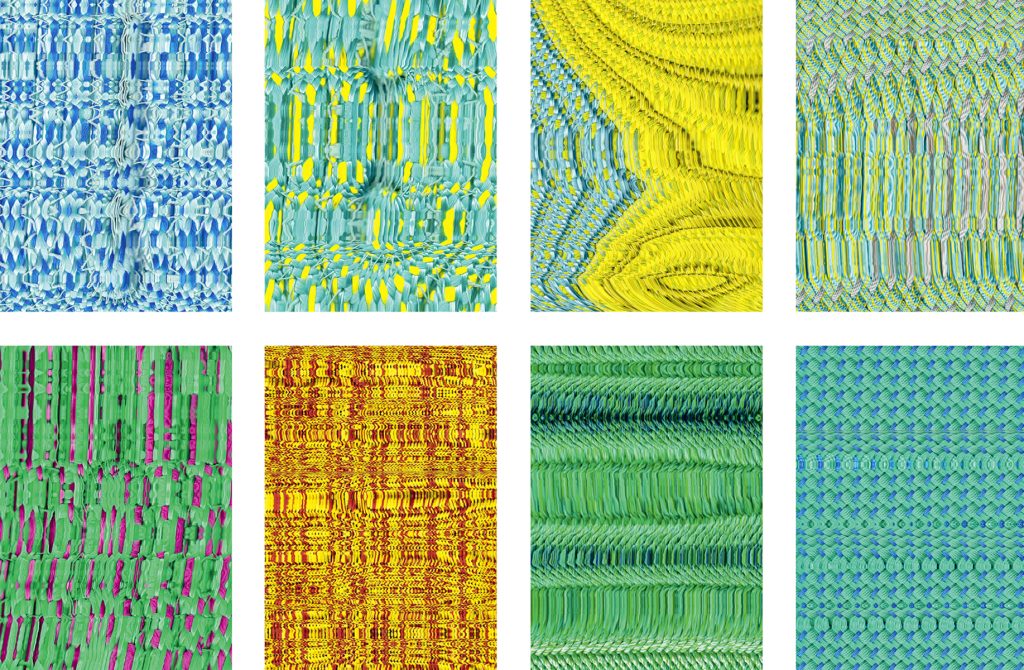
A project beyond the ordinary: many texts, images created by illustrators and artists, eco-friendly papers. “Produce well and with a sense of responsibility, this is the thought we want to share and spread with Quaderni”, is the synthesis of Paola Lenti.
“Everyone is capable of designing beautiful furniture”, explains Paolo Canton. “But in the case of Paola Lenti it is how that makes the difference. Compared to other companies we perceive a difference: in the processes, in the body of thought, in the materials. Paola Lenti’s aesthetics is profound, in the sense that its furniture not only conveys beauty but also a content”.
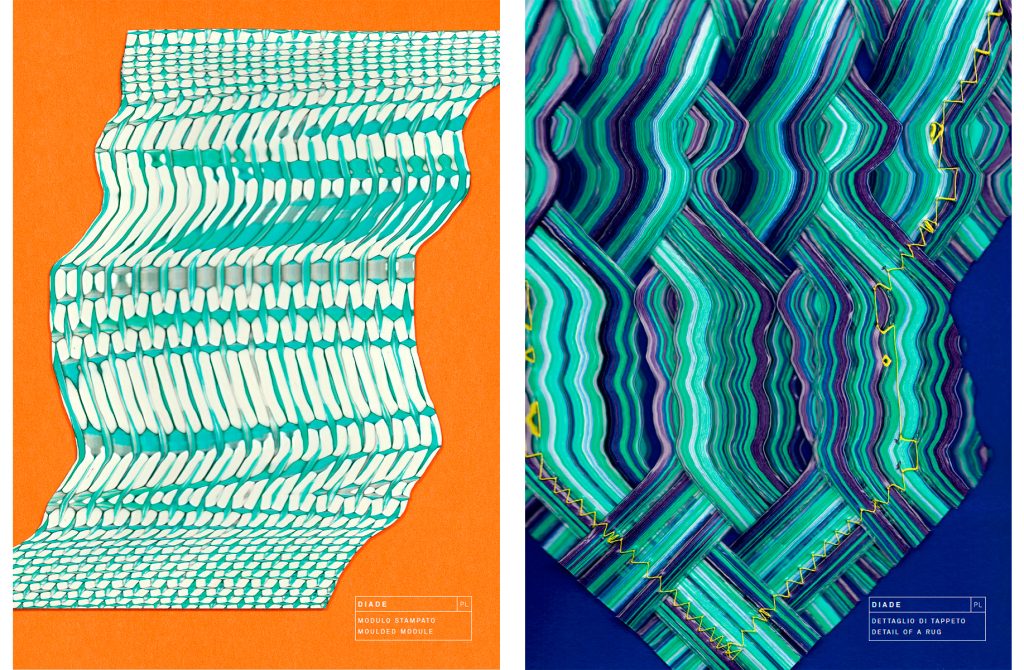
The Quaderno Twiggy and Diade, with its essential graphics and illustrations digitally elaborated by Studio Fludd, retraces the steps that led to the development of Twiggy, an innovative single-material polypropylene yarn, and later on of Diade, the weight-bearing material obtained by coupling a rigid plate with a fabric made of Twiggy. Indeed, innovation lays in both materials being fully recyclable.
The experimentation of performing materials goes hand in hand with the attention to craftsmanship. The second Quaderno, Eres, actually reflects this dimension: it is a journey to discover ancient cultivation techniques and fibers such as linen and hemp, protagonists of the new Paola Lenti collection along with other more exotic ones such as bamboo, raffia, igusa and abaca.
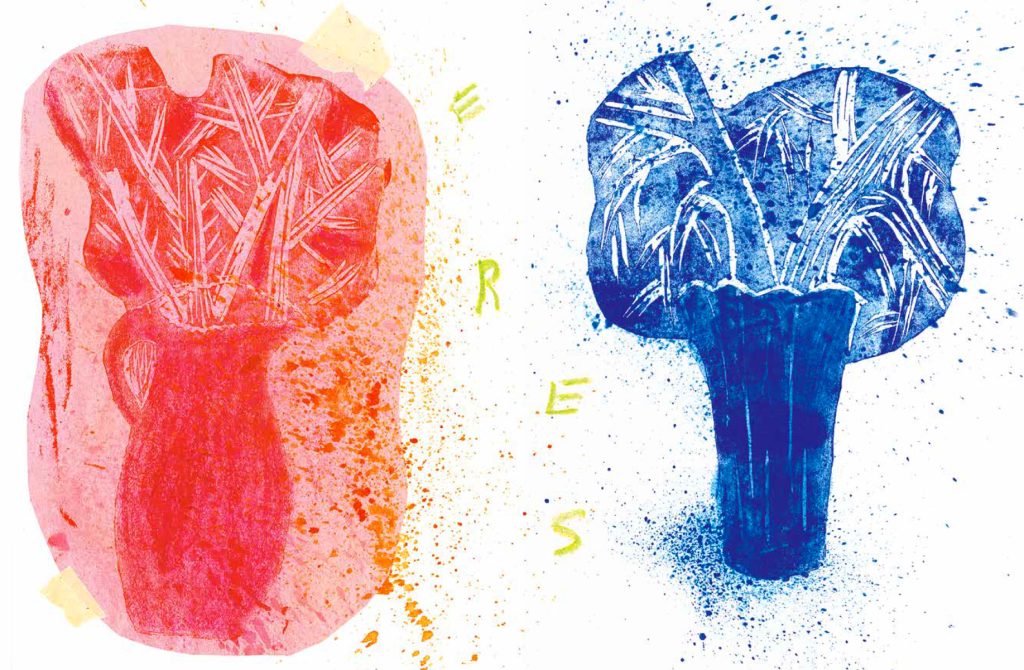
Fil rouge of Quaderni is the path undertaken over the years in the direction of greater sustainability. “It is one of the cornerstones that prompted the company to talk about itself,” says Giovanna Zoboli. “In the case of Twiggy and Diade, sustainability is expressed in recyclability and durability, in Eres in the use of completely natural materials, for both upholsteries and paddings, processed, wherever possible, in the places of origin and without resorting to chemical treatments”.
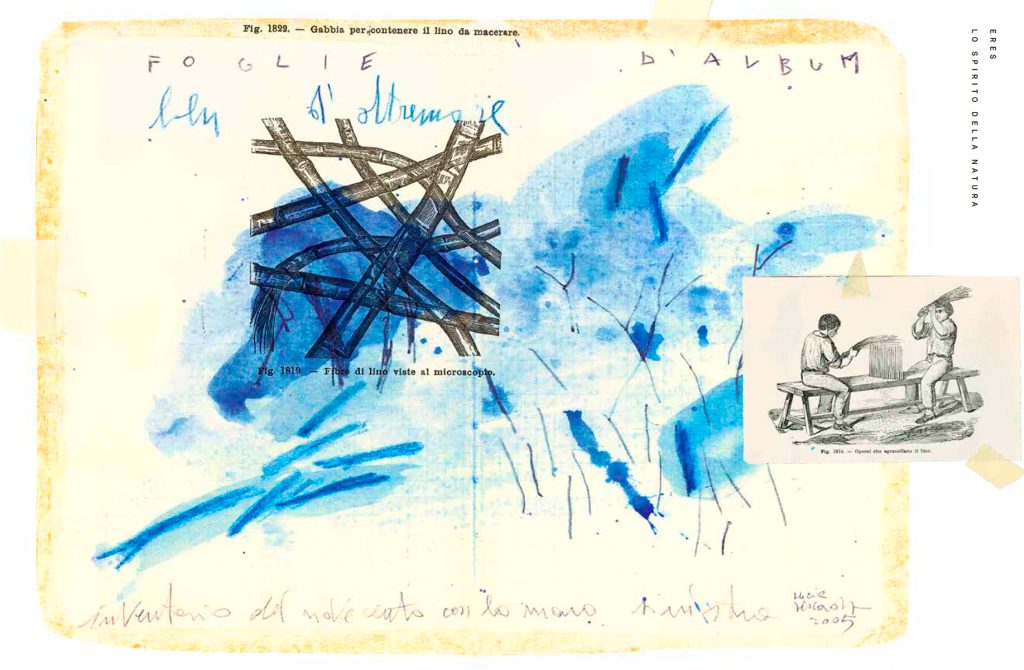
The Eres collection contains an invitation to care: for the environment and for the products, which are delicate because they are natural and therefore need to be treated with particular attention.
Attention and care equally feature the layout of Quaderni Paola Lenti: natural paper, no glue, pages sewn together with a recyclable cotton thread. “Eres illustrations are penned by Lucia Pescador, an artist who interprets nature in a personal and poetic way”, concludes Giovanna Zoboli.

